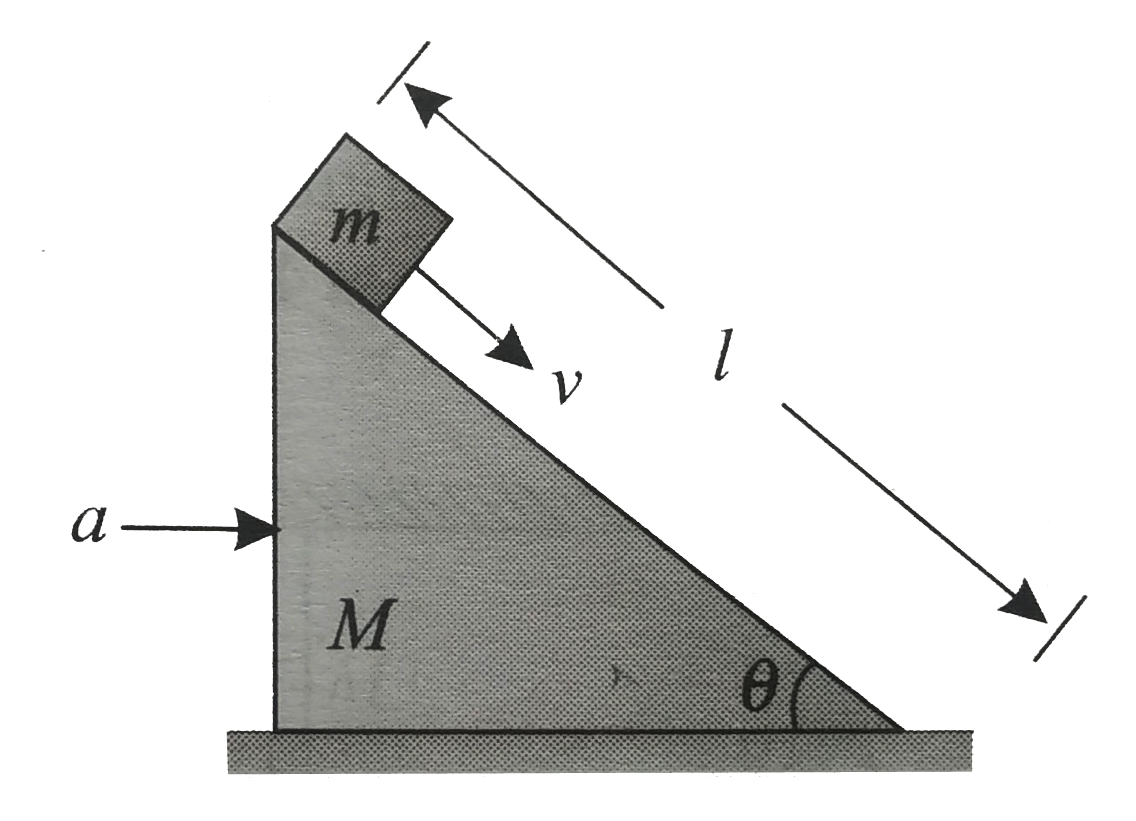Velocity of a stone projected, 2 second bofore it reaches the maximum height makes angle 53∘ with the horizontal then the velocity at highest point will be
20m/s
15m/s
25m/s
80/3m/s
The correct Answer is:B
To solve the problem, we need to find the velocity of a stone at its highest point after it has been projected. We know that the stone's velocity makes an angle of 53° with the horizontal two seconds before it reaches the maximum height.
1. Understanding the Problem:
- The stone is projected and reaches its maximum height after a certain time.
- We are given that 2 seconds before reaching the maximum height, the stone's velocity makes an angle of 53° with the horizontal.
2. Identifying the Components of Velocity:
- Let V be the velocity of the stone 2 seconds before it reaches the maximum height.
- The vertical component of the velocity at this point can be expressed as Vy and the horizontal component as Vx.
3. Using the Angle to Find Velocity Components:
- From the angle given, we can use the tangent function:
tan(53∘)=VyVx
- This implies:
Vy=Vx⋅tan(53∘)
4. Finding the Vertical Component of Velocity:
- The vertical component of the velocity can also be expressed using the equation of motion:
Vy=uy−gt
- Here, uy is the initial vertical velocity, g is the acceleration due to gravity (approximately 10m/s2), and t is the time (2 seconds).
- Since at the maximum height Vy=0, we can rearrange the equation:
Vy=0−g⋅2=−20m/s
5. Finding the Horizontal Component:
- Now substituting Vy into the tangent equation:
−20=Vx⋅tan(53∘)
- We know tan(53∘)≈1.6:
Vx=−20tan(53∘)≈−201.6≈−12.5m/s
6. Velocity at the Highest Point:
- At the highest point, the vertical component of the velocity Vy becomes 0.
- The horizontal component Vx remains constant throughout the motion (since there is no horizontal acceleration).
- Therefore, the velocity at the highest point is:
Vmaxheight=Vx=−12.5m/s
- The negative sign indicates the direction of the velocity vector.
Final Answer:
The velocity at the highest point will be 12.5m/s in the horizontal direction.
- The stone is projected and reaches its maximum height after a certain time.
- We are given that 2 seconds before reaching the maximum height, the stone's velocity makes an angle of 53° with the horizontal.
- Let V be the velocity of the stone 2 seconds before it reaches the maximum height.
- The vertical component of the velocity at this point can be expressed as Vy and the horizontal component as Vx.
- From the angle given, we can use the tangent function:
tan(53∘)=VyVx
- This implies:
Vy=Vx⋅tan(53∘)
- The vertical component of the velocity can also be expressed using the equation of motion:
Vy=uy−gt
- Here, uy is the initial vertical velocity, g is the acceleration due to gravity (approximately 10m/s2), and t is the time (2 seconds).
- Since at the maximum height Vy=0, we can rearrange the equation:
Vy=0−g⋅2=−20m/s
- Now substituting Vy into the tangent equation:
−20=Vx⋅tan(53∘)
- We know tan(53∘)≈1.6:
Vx=−20tan(53∘)≈−201.6≈−12.5m/s
- At the highest point, the vertical component of the velocity Vy becomes 0.
- The horizontal component Vx remains constant throughout the motion (since there is no horizontal acceleration).
- Therefore, the velocity at the highest point is:
Vmaxheight=Vx=−12.5m/s
- The negative sign indicates the direction of the velocity vector.
The velocity at the highest point will be 12.5m/s in the horizontal direction.
Topper's Solved these Questions
Similar Questions
A stone is projected with speed of 50ms−1 at an angle of 60∘ with the horizontal. The speed of the stone at highest point of trajectory is
View SolutionA particle is fired with velocity u making angle θ with the horizontal.What is the change in velocity when it is at the highest point?
View SolutionA body is projected with a speed (u) at an angle to the horizontal to have maximum range. What is its velocity at the highest point ?
View SolutionA ball is projected horizontally from the top of a building 19.6 m high. If the line joining the point of projection to the point where it hits the ground makes an angle of 45∘ to the horizontal, the initial velocity of the ball is
View Solution
A smooth wedge of mass M is pushed with an acceleration a=>anθ and a block of mass m is projected down the slant with a velocity v relative to the wedge.
The horizontal force applied on the wedge is:View SolutionA particle is projected from the ground with velocity u making an angle θ with the horizontal. At half of its maximum heights,
View SolutionA body is projected at angle 30° to the horizontal with a velocity 50ms−1 maximum height of projectile is
View SolutionA body is projected with velocity u such that in horizontal range and maximum vertical heights are same.The maximum height is
View SolutionA ball is projecte with a velocity 20ms−1 at an angle to the horizontal. In order to have the maximum range. Its velocity at the highest position must be
View SolutionA body is projected with velocity u at an angle of projection θ with the horizontal. The direction of velocity of the body makes angle 30∘ with the horizontal at t=2s and then after 1s it reaches the maximum height. Then
View Solution

